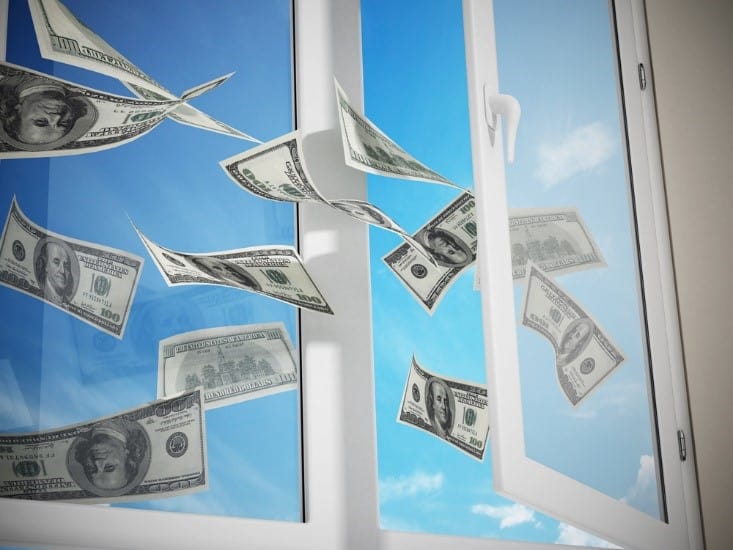Every home has an exterior envelope, which serves to insulate the building from the elements outside. The envelope, for the purpose of simplicity, consists of the walls, insulation and siding. The weakest points by far are the doors and windows. Because these features are built to allow air to pass through the envelope, they are most prone to air leaks that introduce inefficiency. Ultimately, inefficiency in an exterior envelope results in higher energy bills to maintain internal temperatures — which means increasing window efficiency is a primary concern if you are trying to cut costs at home.
Fortunately, most inefficiencies produced by windows are well known, and there are several solutions to combat them effectively. Here are ways to reduce the air leakage of your windows, so you can enjoy a stronger and more stable exterior envelope for years to come:
Window Repair and Maintenance
When was the last time you did maintenance on your windows? If you are like most homeowners, the answer is likely “never.” However, because windows are such a weak point of your home’s envelope, you should be paying especially close attention to how your windows look and function.
At the very least, you should strive to keep the interior and exterior of your windows clean. Not only will clean windows bring in more sunlight in the colder months, but it gives you the opportunity to inspect each window while wiping them clean.
Inspect the glass, frame and surrounding wall for signs of damage. The only repair for cracked glass is replacement, but you should replace cracked seals, fill holes, calulk and repaint as necessary. Consistent repairs will thwart airflow between your interior and exterior spaces, which will ensure your windows function as efficiently as possible, reducing the energy costs of your home.
Window Replacement
Newer window models are more efficient than older models in a variety of ways. Here are a few features of the latest and greatest windows that help them function more efficiently than older styles:
- Low-e glass. Emissivity is the measure of a surface’s ability to absorb or reflect energy, like temperature. Low-e glass can reduce your heating and cooling bills by up to 25 percent in some cases!
- Multi-pane. One sheet of glass can create a barrier between the inside and outside, but two or three panes of glass create an efficient seal that makes air flow all but impossible. Keeping inside conditioned air where it belongs.
- Argon gas. In double- or triple-glazed windows, air has long been trapped between the panes of glass — but now window manufacturers are using argon, which is denser and more resistant to temperature changes.
It’s important to note that window replacement can be expensive, and it isn’t always the most cost-efficient solution for your home. You should search the web for “window replacement near me” and talk to window professionals, who can give you personalized advice on replacement options.

Frame Upgrades
Glass isn’t the only component of a window that impacts efficiency. Window frames can also transfer heat or permit airflow, so if you have an old, broken or inefficient frame, you might consider upgrading just the frames. Surprisingly, traditional wood frames remain some of the most energy-efficient, but they can be expensive to install and require extensive maintenance, especially in humid environments. Hybrid frames are the next-best option because they combine energy-efficient materials, like wood and vinyl, to lower initial and ongoing costs. If you don’t have much budget to spare but want to invest in new frames, here are a few additional options:
- Vinyl. A type of plastic that is hard and durable, vinyl is created with UV stabilizers, making it ideal for windows that receive a large amount of heat and light.
- Aluminum. Lightweight and strong, aluminum is perhaps the most affordable option, but because metal transfers heat well, it isn’t a highly efficient choice.
- Fiberglass. Made of glass fibers trapped in resin, fiberglass is perhaps the most durable of frame materials and require very little maintenance —plus, these frames mimic the look of wood.
- Composite. Another frame that looks like wood, composite is made from wood products, like laminated strand lumber and particleboard. They are as efficient as wood but require as much maintenance, as well.
A window should be efficient in and of itself — but you can do even more to increase efficiency with the right style of window as well as the right window treatments inside your home. Again, you would do well to contact a window professional to learn what you can about increasing efficiency and lowering bills.
If you are in the Finger Lakes or Rochester region of New York, you can find your window professionals at www.FindTheHomePros.com

Recent Comments